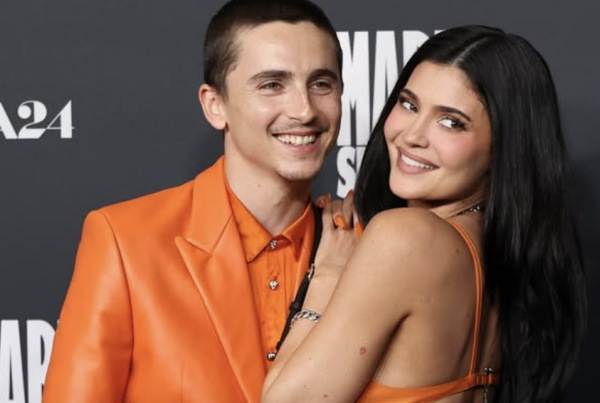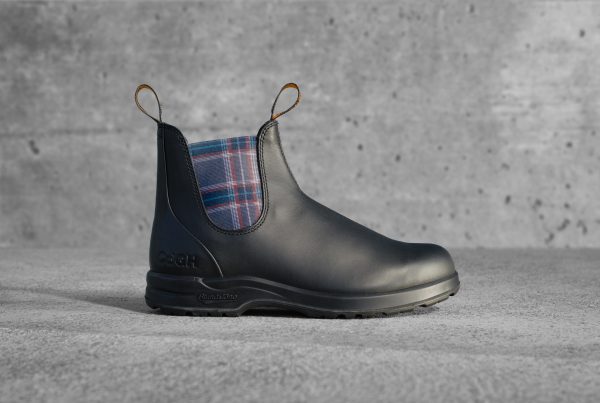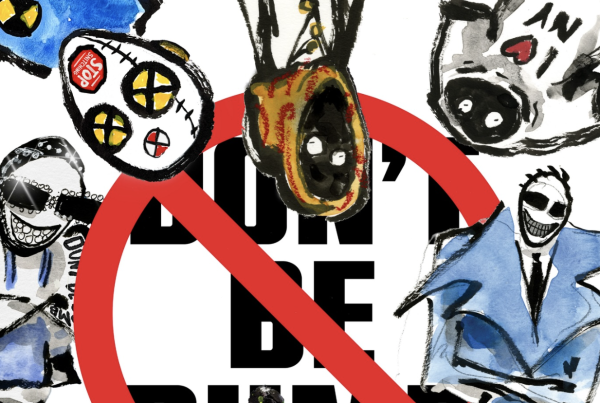Throughout the centuries, fashion has become an important method of self-expression for people, who explore their personalities, beliefs and moods through the means of garments and fabrics. The clothes you wore were representative of your social status and the position you occupied within your community and would communicate your allegiance to different groups through visual means before you got the chance to say a single word. It is also true that for most of human history, the only ones who could actually claim to be involved in fashion were the wealthy since they had the resources to have new clothing made at a time when making any new item took a considerable amount of time and came at significant costs.
But the rise of mass production in the 50s saw the fashion world become much more liberal, as clothing became easily available in stores. Buying became easier and more convenient than ever before, meaning that regular people had the chance to go and pick the items they wanted. However, over the years, this new system gave rise to the phenomenon known as fast fashion, which sees items being mass-produced at relatively low costs and brought to retail stores in high numbers. A lot of the clothes are the result of trends, meaning that after they go out of style, they are usually discarded by their owners, creating waste. New collections are also incredibly numerous, so all clothing that doesn’t sell ultimately ends up in landfills as well.
The use of synthetic materials and chemicals and the increase in environmental pollution are some of the other grievances that activists have with the fast fashion world. Given its impact and the rate at which the sector continues to grow, it should be no surprise that the industry can also harm human health. 
The employees
Workers operating inside garment factory workers frequently deal with health concerns. Brands being unable to provide their employees with suitable wages, the potential exposure to hazardous chemicals or substances, and the long working hours can all take their toll on the well-being of the employees. Musculoskeletal, cardiovascular, ophthalmological, gynaecological, and respiratory issues were frequent complaints, while mental health issues such as anxiety and depression can occur as well. Health concerns regarding the muscles and bones were the predominant issue, according to a study that revealed that nearly 80% of employees deal with them.
Those who believe their health damage to be the result of improper work conditions can get in touch with a professional solicitor from Personal Injury Claims UK. Doing so guarantees that you can obtain the maximum amount of compensation according to the particulars of your case so that the road to recovery becomes more accessible to navigate.
Oversupply
The term oversupply, also known as overproduction, refers to the excess of supply over the demand for products offered to the market. As a result, there’s an increased likelihood of unsold goods, dropping prices and unemployment. The negative environmental impact is plain to see and includes the use of much more raw materials than necessary, as well as more intensive production processes that already create pollution, on top of the increased waste disposal. Recent studies estimate that as many as 40% of all clothes made every year, approximately 60 billion garments, are not sold. Tackling this staggering amount of waste requires systemic changes in both production and legislation.
However, the endeavour is made more complicated by the fact that the exact number of items produced each year remains unknown. Many brands refuse to disclose how much they’re manufacturing, meaning that determining the exact carbon footprint of the fashion industry is still something akin to a guessing game. According to activists and sustainability strategists, the reason for that is the fear of public backlash if it becomes crystal clear how much is not sold. Some of the reasons why so many clothes are made in the first place include a failure to determine market demands and increasingly faster retail cycles.
The current manufacturing system also dictates that the more of an item there is, the lower the price for a single piece of clothing since the most significant production and assembling costs are in the setup, and the longer an assembly line is, the more efficient it becomes. The waste is also a symptom of the fact that clothing has become disposable in developed countries, losing its status as a prized possession. It is also uncaring towards the large amount of work and effort that goes into creating clothing.
Toxicity
The dyes and colours used to make clothing vibrant, create complex patterns, or have fabrics looking white and crisp are often toxic and have the potential to cause disruption to the health and well-being of both the workers who are exposed to them during manufacturing, as well as the customers who purchase and then wear these items. Formaldehyde, chromium, PFAS, lead, arsenic, cobalt, toluene and dimethyl fumarate are just a few of the chemicals with the potential to cause chronic disease in people who are exposed to them.
When they are used in the garment-making process, they are not only released into the environment but also inhaled, ingested, and brought into households. As such they become a problem that cannot be escaped quite so easily. In 2011, flight attendants complained of migraines, racing heartbeats, breathing problems, rashes, and swollen eyelids after receiving new uniforms. Following testing, it was revealed that several toxic chemicals were present in the fabrics in high quantities and that this was the cause of the nonspecific symptoms. The use of anti-stain and anti-wrinkle resins, which can sometimes leach into the skin through sweat, has also been blamed.
Many have pointed out that while certain chemicals can be avoided in beauty or cleaning products, fashion items don’t come with ingredient lists, so there’s no way of knowing for sure what the fabrics contain unless they’re tested, a process that’s not available for the general public.
Fashion has developed quite a lot over the last decades, and while there’s no denying that the increased accessibility makes people feel more confident, there’s also no denying the drawbacks of fast fashion. These are pressing issues that require joint effort from shoppers who must avoid overconsumption, businesses who must implement ethical and sustainable practices, and industry regulators who need to design clearer rules and impose penalties on those who refuse to comply.


























































